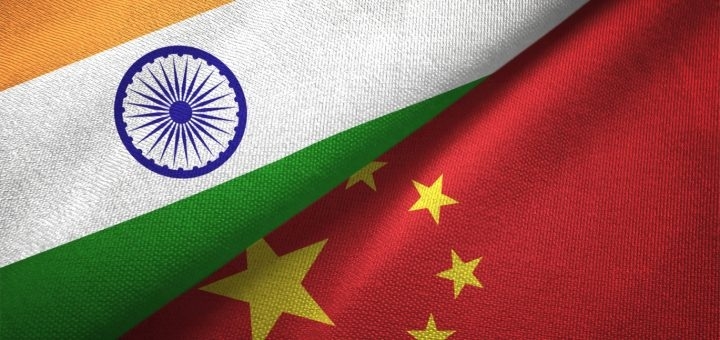Be on guard
| Date :13-Nov-2020 |

THERE are strong indications of India and China finding a negotiated settlement to the seven-month-long border stand-off along the Line of Actual Control (LAC). Multiple rounds of military and diplomatic talks have finally initiated the process of breaking the ice and agreeing on a step-wise disengagement of troops and withdrawal of artillery from major friction points in eastern Ladakh. While these are still early days to take the indications as a concrete decision on pulling back troops and weapons to depth areas, India cannot afford to lower its guard in the tense areas despite the harsh winter of Ladakh testing human resilience. Disengagement of troops is a logical solution in the present climes but it cannot be a mere smokescreen erected by China to mount further invasions in the Indian territory.
New Delhi is well aware of the Beijing’s tried and tested gameplan and has rightly refused to buy the peace overtures. The deescalation has to come through a foolproof process followed by regular verification of the ground situation by the Indian Army. India does not accept any compromise on its position and its sovereignty. While the Chinese are considering the proposal of restoration of status quo ante as existed in April, it would be foolhardy to put a blind faith in their intentions. Going back to the state of affairs as existed before the stand-off began is a tough pill to swallow for China. It has already ended up with a bloodied nose when the People’s Liberation Army (PLA) personnel indulged in an ill-advised misadventure in the Galwan Valley.
Forced to go back to its own territory from the no-man’s-land, China would be itching to break the rules of engagement yet again after the winter passes off. This is a tricky challenge that India must meet with all its diplomatic might, making Beijing realise that further escalation of tensions will have a larger impact on regional stability in Eurasia as well on its own economic situation. India has already made its point by hitting the Chinese businesses where it hurts the most. Bringing the geopolitical realities on the military negotiations table will be the real art of deal for New Delhi, a trick that the seasoned and suave Indian diplomats have mastered after the paradigm shift in India’s foreign policy under the current dispensation. The disengagement will not be a mere military-level exercise made of several rounds of talks.
The process will go through broad contours of international relations and forging of new bonds between like-minded countries having innate faith in a vibrant democracy and distaste for imperialism. India’s strong position on the other side of the spectrum as a healthy democracy must be leveraged thoroughly to end the present, unprecedented border stand-off. In larger context, disengagement of troops from the friction points is beneficial to both the Armies, for, the region in which the large number of soldiers are currently deployed can turn into a deadly terrain in the ferocious winter with temperatures plummeting to minus 30 degree celsius.
To its good fortune, India has made all arrangements for its troops to withstand the long haul in the region with state-of-the-art equipment. Indian forces have a better experience of dealing with the situation after the advanced training its troops had completed. On the other hand, the Chinese Army is not prepared for the situation despite having modern technology at its disposal. Further, the long stand-off has come as a rare instance for the PLA whose playbook works on limited skirmishes in every neighbourhood to keep the pot boiling. The Indian face-off has come as a massive surprise for the Chinese gameplan. All credit to the Indian Armed Forces who readily picked up the gauntlet and also to Prime Minister Mr. Narendra Modi who refused to budge despite tensions reaching the mark of an armed confrontation. All these factors have come into play in the toning down of Chinese stand. Though a solution is unlikely in the immediate future, India has done well to show Beijing the undercurrent.